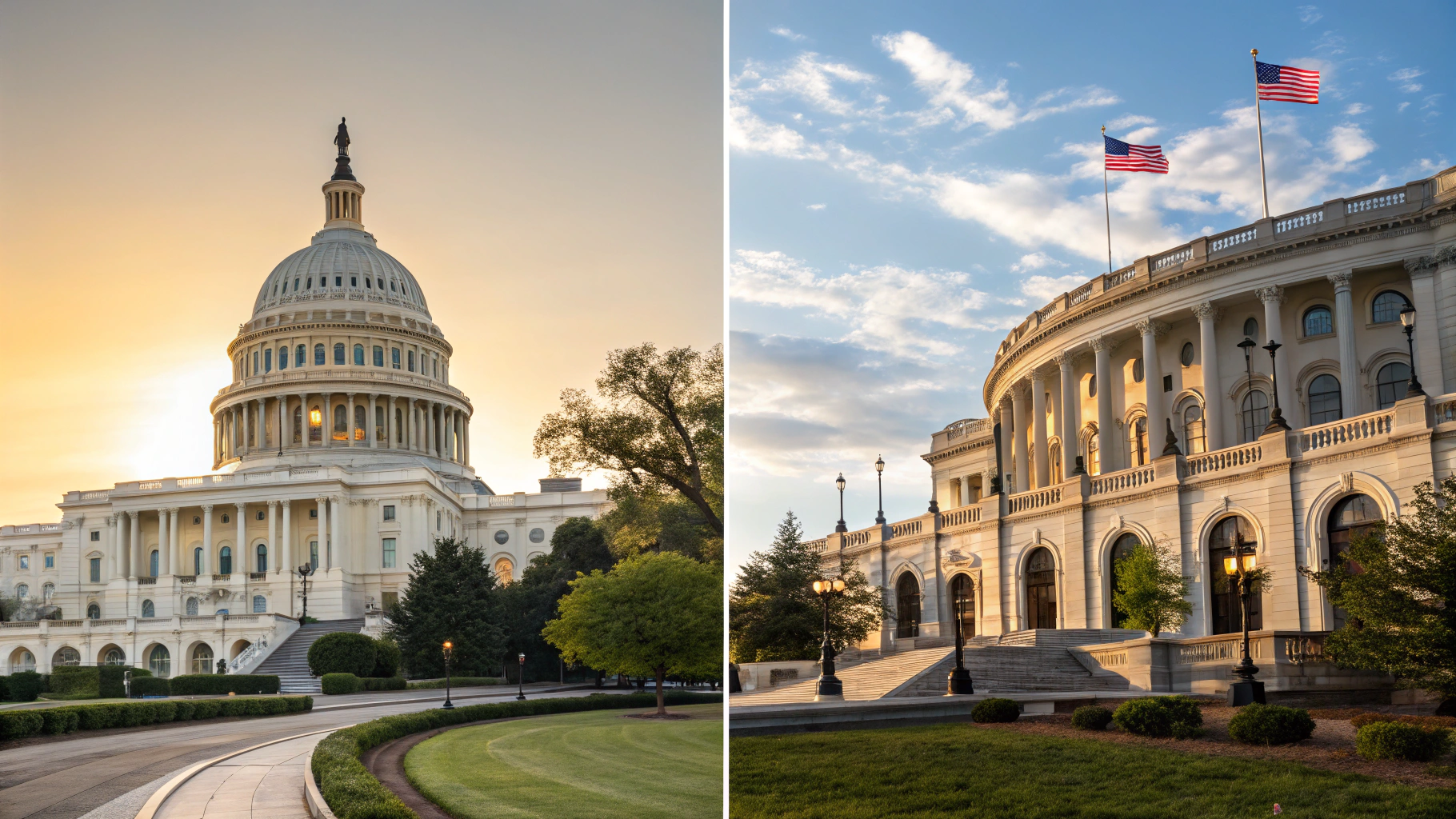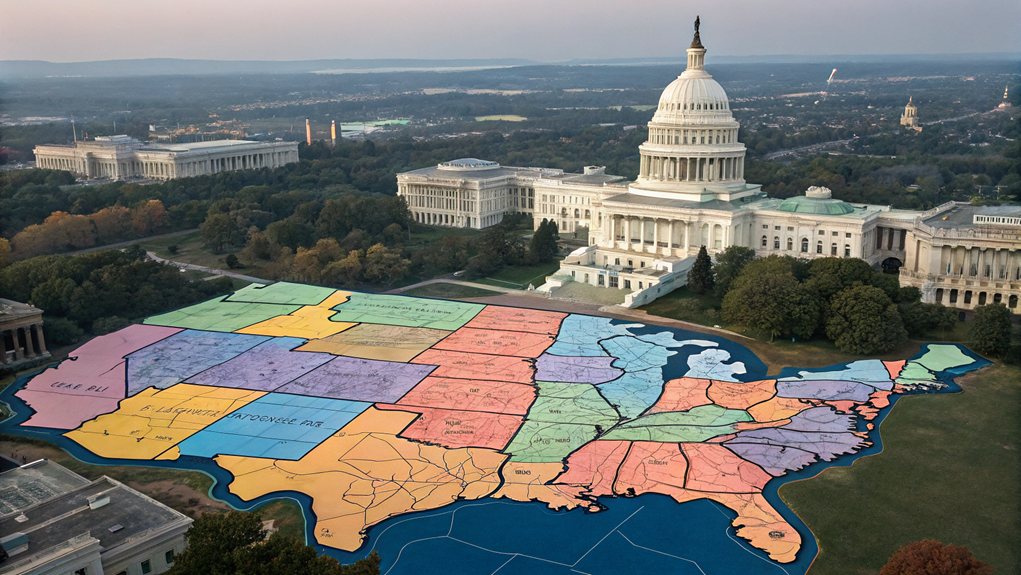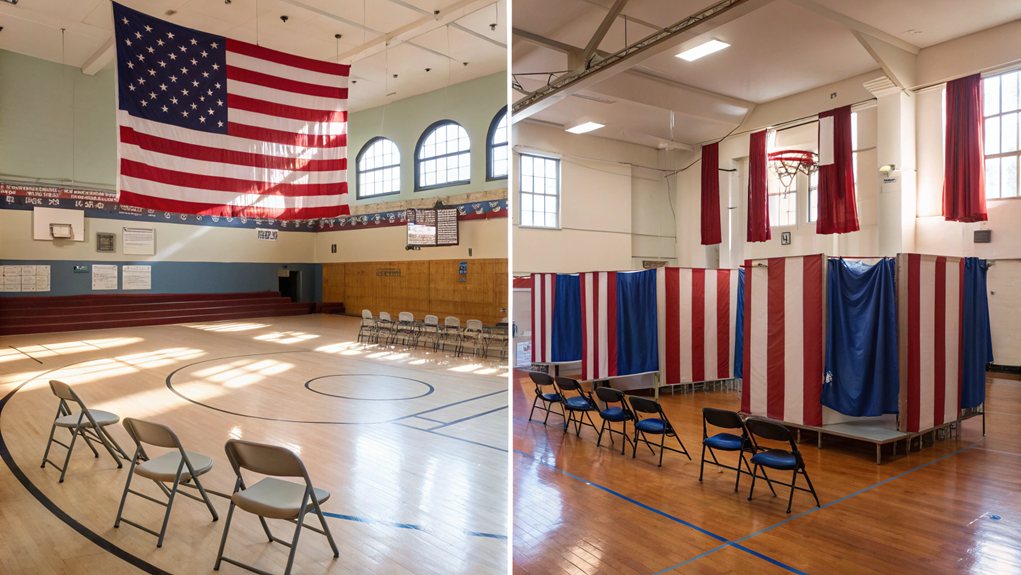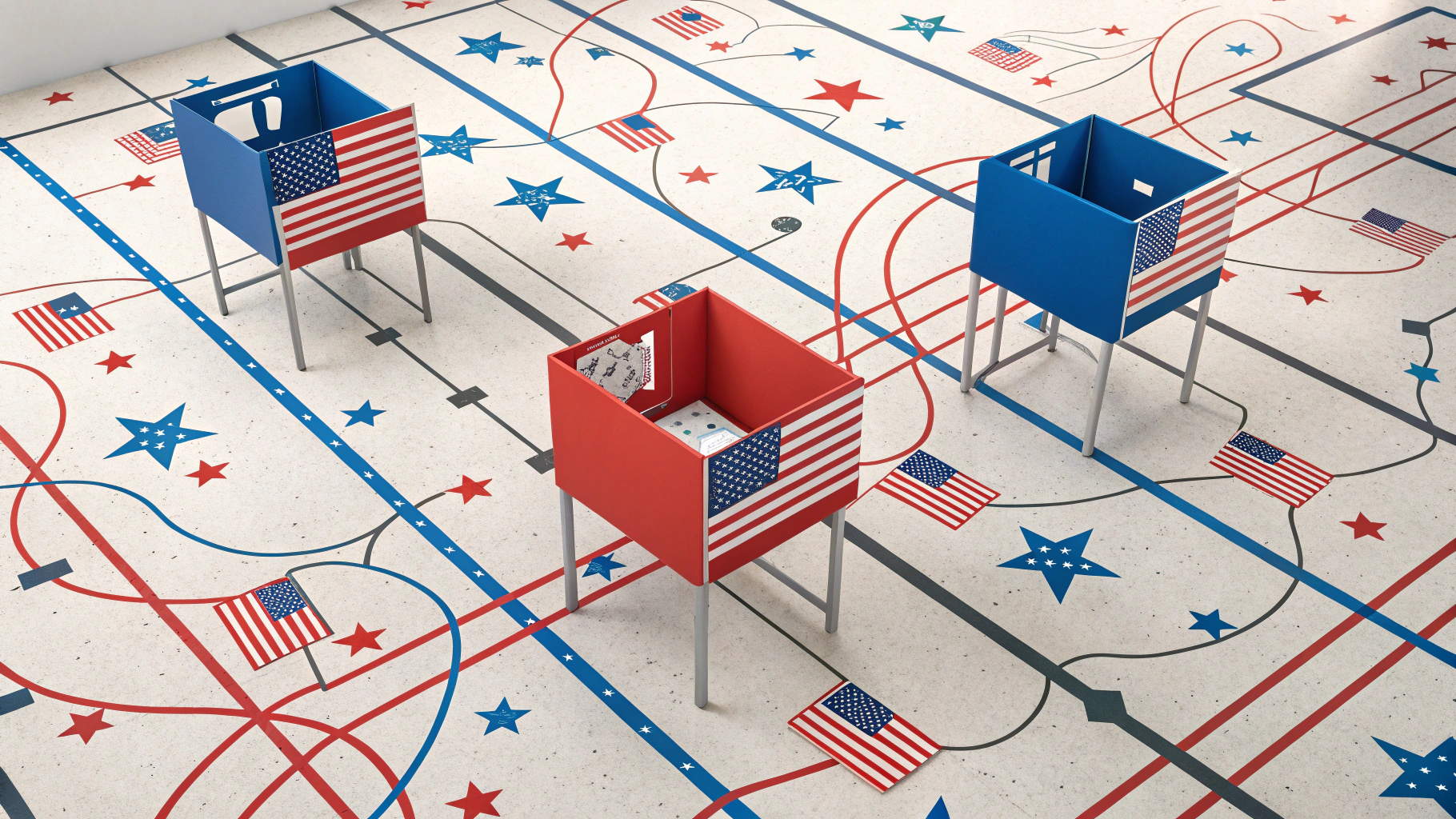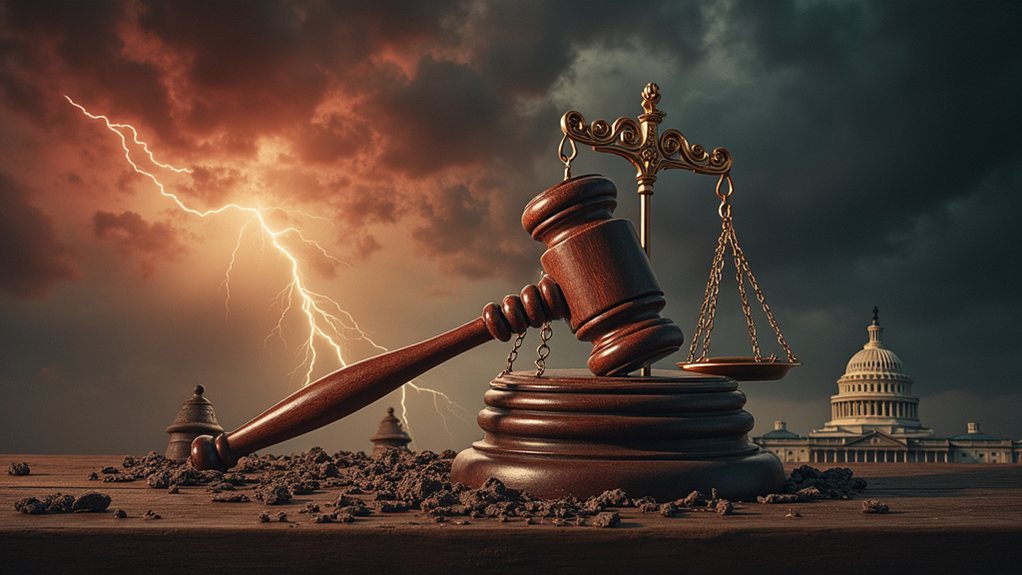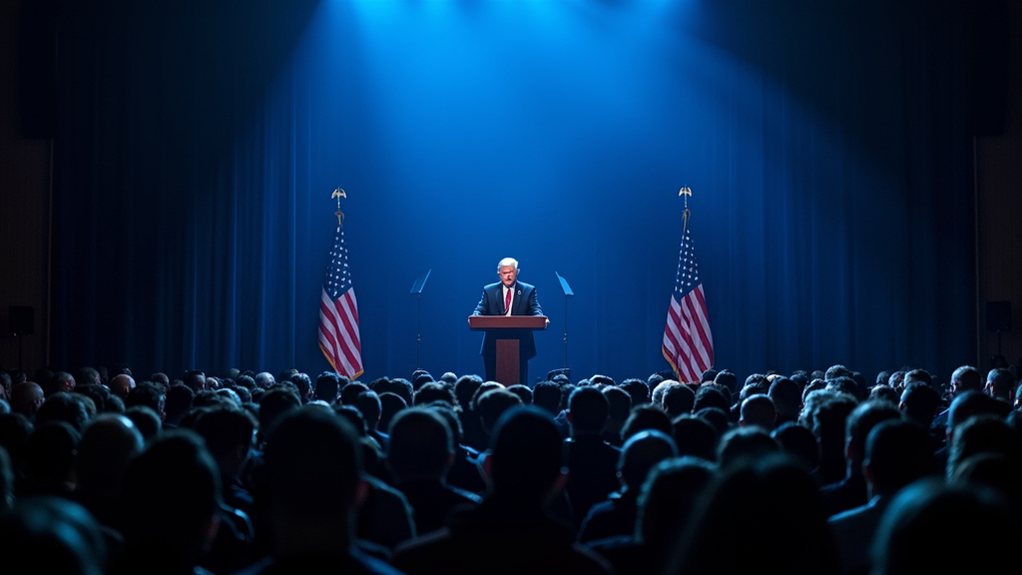The U.S. election system stands apart from parliamentary democracies with its rigid separation of powers and unique Electoral College system. While parliamentary systems feature efficient legislative processes and multiple parties working together in coalitions, America's two-party structure often leads to gridlock between the executive and legislative branches. Parliamentary leaders emerge directly from legislatures and can serve indefinitely, unlike U.S. presidents with their eight-year maximum. The deeper you dig, the more these differences reveal themselves.
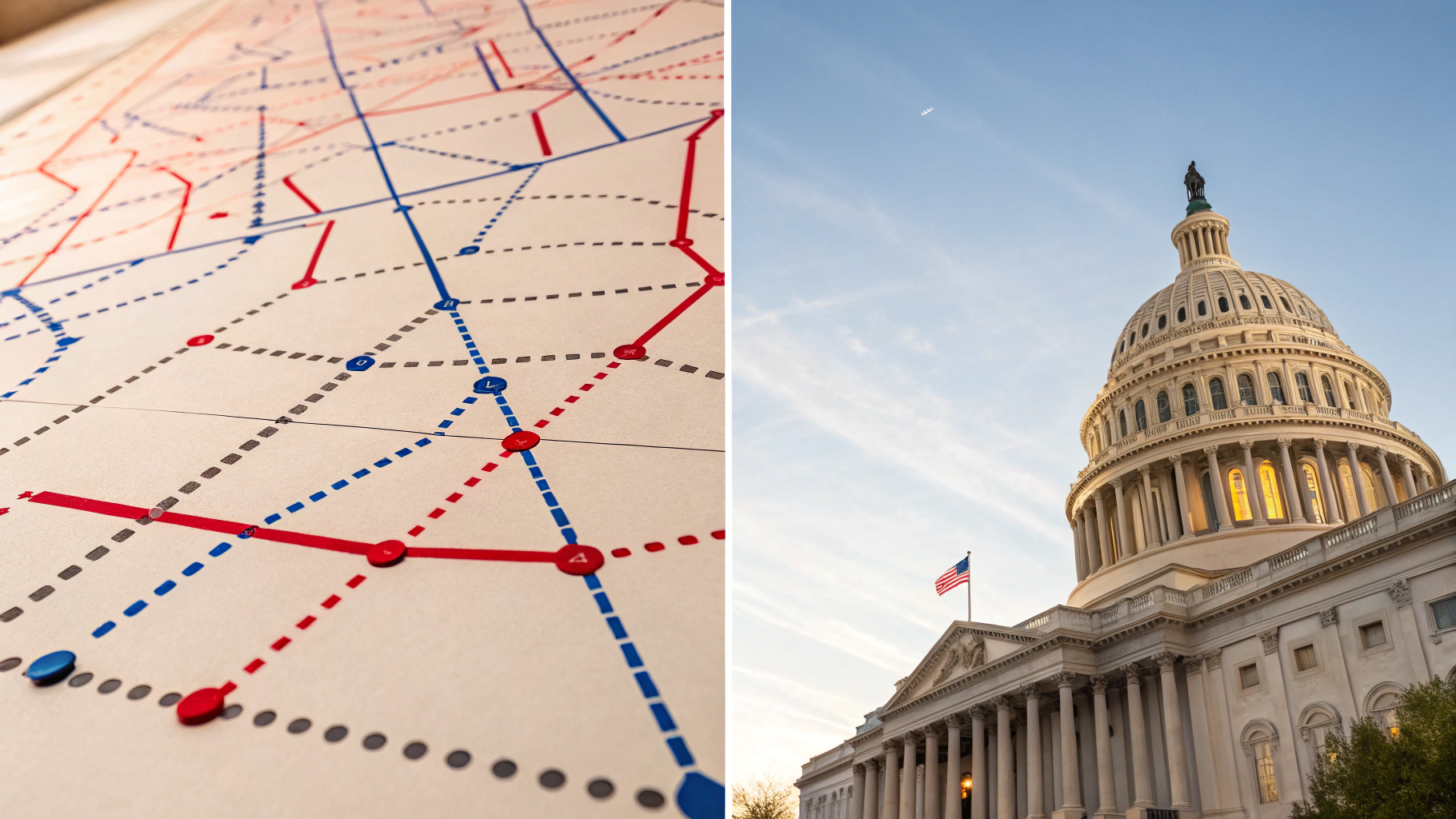
While Americans often tout their electoral system as the gold standard of democracy, the contrast between U.S. elections and parliamentary systems reveals some fascinating quirks. The American system, with its separation of powers, creates a distinct environment where the president, Congress, and courts operate independently. In contrast, parliamentary systems often see more alignment between the executive and legislative branches, allowing for swifter policy implementation.
Meanwhile, parliamentary systems bundle it all together – the executive leadership emerges directly from the legislature. Simple, right? Well, not exactly. The U.S. system requires one vice president to serve alongside the chief executive, creating an additional layer of electoral complexity.
The U.S. loves its Electoral College – that peculiar system where presidents can win without the popular vote. Imagine that happening in a parliamentary system. You can't, because it doesn't. Parliamentary systems typically use proportional representation or first-past-the-post voting, meaning the party with the most seats gets to form the government. No electoral math gymnastics required. These systems often achieve higher voter turnout and greater satisfaction among citizens.
While Americans wrestle with Electoral College math, parliamentary systems keep it simple: most seats win, no calculator needed.
Americans seem oddly attached to their frequent elections. Every two years, like clockwork, they're back at the polls for midterms. Parliamentary systems take a more relaxed approach. Their leaders don't face term limits either, which means a popular prime minister can keep running the show as long as their party stays in power. U.S. presidents? Eight years max, buddy.
The parliamentary system's efficiency in passing legislation is significant. When the executive and legislative branches are fundamentally the same team, things tend to move faster.
The U.S. system? Well, gridlock isn't just a traffic problem in Washington. With separate branches often controlled by opposing parties, passing laws can feel like pushing a boulder uphill.
Perhaps the most striking difference lies in party dynamics. The U.S. system practically guarantees a two-party showdown, while parliamentary systems often host political parties like they're throwing a neighborhood block party – everyone's invited.
This leads to coalition governments, where parties must actually work together to govern. Imagine that! The trade-off? Parliamentary governments can collapse through votes of no confidence, while American administrations keep trucking along, gridlock and all.
Frequently Asked Questions
How Long Does a Typical Parliamentary Election Campaign Last?
Parliamentary election campaigns vary wildly across different systems.
Japan keeps it super-brief at just 12 days, while Brazil stretches it out to 90. Most countries land somewhere in between.
France wraps things up in two weeks, and Italy gives candidates up to 66 days to make their case.
There's no universal standard – each nation sets its own rules based on tradition and practicality.
Can Independent Candidates Run Successfully in Parliamentary Systems?
Independent candidates can definitely win in parliamentary systems, especially at the local level. They tend to perform better in systems using Single Transferable Vote, where voters focus more on individual candidates than parties.
While they face resource challenges and administrative hurdles, independents often succeed by leveraging local issues and personal connections. New media and online campaigning have boosted their chances too.
Talk about timing – voter frustration with traditional parties helps their cause.
Which System Tends to Have Higher Voter Turnout Rates?
Parliamentary systems consistently show higher voter turnout rates than the US system.
While US presidential elections typically draw 50-65% of eligible voters, parliamentary democracies often see turnout above 70%.
Blame it on proportional representation – it makes people feel their votes actually count.
Plus, many parliamentary nations have compulsory voting laws.
The US, with its Electoral College system? Not so inspiring for voter participation.
How Do Campaign Finance Regulations Differ Between These Systems?
Parliamentary systems typically embrace public funding and stricter corporate donation limits.
Pretty different from America's wild west of campaign spending. While the US has basic contribution caps ($3,300 per person), Super-PACs can spend unlimited amounts.
Dark money? It's everywhere in US politics.
Meanwhile, parliamentary democracies focus on transparency and public financing. Their enforcement? Generally tougher, with less room for corporate influence.
What Role Do Political Parties Play in Candidate Selection?
Political parties have wildly different levels of control over who gets to run.
In parliamentary systems, party bosses often call the shots directly – handpicking their preferred candidates with minimal input from voters.
The US? Totally different story. American parties mostly watch from the sidelines while voters duke it out in primary elections.
Sure, parties can endorse candidates, but they can't force them on voters anymore.
